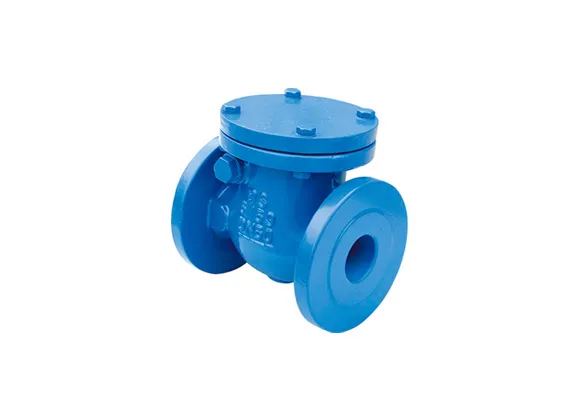Jan . 13, 2025 10:48
The diverse world of valves, crucial in many industrial and domestic applications, is often underestimated. Valves are essential components that regulate the flow of fluids within a system. Understanding the different types of valves and their applications is invaluable for anyone involved in mechanical engineering, plumbing, or fluid management industries. This article delves into various valve types, exploring their unique functions and applications, bolstering your expertise in fluid control systems.

Ball valves are among the most common valve types, celebrated for their durability and reliability. They use a simple rotating ball with a hole through the center, which aligns with the flow path when open, allowing fluids to pass. The tight seal provided by ball valves makes them perfect for gas and liquid applications where bubble-tight service is required. Their versatility in industrial and residential settings ensures their continued use and popularity.
Another iconic valve type is the gate valve, known for its straightforward design and ability to cut off or allow full flow.
These valves use a sliding gate to control the fluid flow. They are ideal for applications requiring an unobstructed, straight-line passage. Although not typically used for flow regulation, their robustness makes them suitable for high-pressure environments, making them indispensable in water treatment plants and on oil rigs.

The globe valve, recognized for its spherical body shape, is excellent for applications needing precise flow control. It operates by moving a disk against the flow stream, which makes it perfect for throttling purposes. Unlike gate valves, globe valves can be used to regulate flow efficiently. This makes them prevalent in applications where the fluid's speed and pressure need meticulous control, such as in chemical processing plants.
all valve name
Butterfly valves are renowned for their space-saving design and rapid operation. Utilizing a rotating disc, butterfly valves control flow with a 90-degree turn. They are particularly beneficial in applications where large volumes of fluid need to be controlled with minimal effort and space. The efficiency and low maintenance of these valves make them ideal for water systems and HVAC applications, contributing significantly to their attractiveness in many industries.
Check valves are unique in their purpose preventing backflow in a system. These valves operate automatically and are driven by the flow itself, ensuring that the fluid moves in one direction only. Their importance in preventing contamination and damage in pipelines cannot be overstated. Commonly found in water and pumping systems, check valves are an essential safety mechanism in fluid control.
The diaphragm valve, with a flexible diaphragm that contacts a seat, is ideal for applications involving corrosive or viscous fluids. Its ability to handle aggressive mediums without risk of contamination makes it indispensable in the pharmaceutical and food industries where cleanliness and precision are critical.
Mastering the different types of valves and their specific applications enhances one's authority in fluid management systems. Beyond basic knowledge, the real-world application of this expertise fosters trustworthiness, as professionals who understand these nuances can engineer and maintain systems more effectively. By embracing these valve types and their unique characteristics, you not only improve operational efficiency but also contribute to the safety and sustainability of fluid systems across various industries.


 Call us on:
+86-311-86935302
+86-311-86935302
Call us on:
+86-311-86935302
+86-311-86935302
 Email Us:
info@thriveonvalve.com
Email Us:
info@thriveonvalve.com South of Huanmadian Village Town, Ningjin County, Xingtai, Hebei Province, China
South of Huanmadian Village Town, Ningjin County, Xingtai, Hebei Province, China